Ask for a 'windscreen' at an American auto shop and you’ll probably get a puzzled look. In the US, the see-through glass at the front of your car is called a windshield—not a windscreen, and definitely not anything else. Brits and Aussies stick to 'windscreen,' but in all American conversations, ads, and manuals, it’s always 'windshield.'
Why does this matter? Try searching for DIY replacement videos or parts online. If you use the wrong term, you could end up confused or buying the wrong product. Knowing the right word saves you time and money, especially when hunting for things like wipers, which naturally get tied into the mix.
- Windshield vs Windscreen: Why the Two Terms?
- Which Term Do Americans Use?
- How Language Differences Affect Car Parts Shopping
- Fun Facts: Regional Car Lingo in the US
- What About the Wipers?
- Tips for Talking Car Parts Across the Pond
Windshield vs Windscreen: Why the Two Terms?
So why do some folks say windshield while others swear by “windscreen”? It all dates back to the early 1900s, right around the time cars first rolled onto the roads. In the United States, car makers started calling that vital front glass a "windshield" because it literally shielded the driver from wind, rain, bugs, and road debris. It’s a simple mashup—wind plus shield.
Meanwhile, across the Atlantic, the British went with “windscreen.” The word made sense for them because it acted as a screen against wind. Both words popped up in the English language around the same time, but local habits and car manufacturers chose which version stuck around. Australia and other Commonwealth countries copied the UK lingo, so they still say 'windscreen' today.
What’s really handy to know is this: car part stores, repair manuals, and online guides stick to their region’s word by default. If you’re shopping for parts in America, you want 'windshield.' If you’re using a UK-based site, it’s 'windscreen.' Type the wrong term and you might get parts listings for motorcycles, tractors, or even airplanes—all of them use different glass shapes and sizes.
In short, the reason for two names boils down to the countries who built and sold cars, not the technology itself. The glass, in both cases, does the same job—keeping the weather out and the view clear.
Which Term Do Americans Use?
If you’re in the United States and you say 'windscreen,' most people will just assume you mean 'windshield.' In fact, the word 'windscreen' almost never pops up here unless someone’s quoting a foreign movie or reading a manual from overseas. The windshield is the go-to term everywhere in the US, from car dealerships to mechanics to traffic laws.
This isn’t just casual slang, either. Look through any American driver’s manual or the official DMV websites, and you’ll never see the word 'windscreen.' It’s always 'windshield.' Even major car part retailers like AutoZone, Advance Auto Parts, and O’Reilly list all replacement glass and related products under 'windshield.'
No matter the region—be it New York, California, or Texas—it’s the exact same story. It doesn’t matter if you’re talking to a classic car collector, a rideshare driver, or your neighbor next door. 'Windshield' is the only word that gets used for the glass panel at the front of your car.
If you travel outside the US or watch British media, you’ll notice the switch to 'windscreen,' but inside American borders, stick to 'windshield' to avoid any confusion. It might sound like a tiny difference, but using the right term will make everything smoother, from asking questions at the auto shop to searching for repair videos online.
How Language Differences Affect Car Parts Shopping
If you’ve ever tried to order car parts online or stopped by a local auto shop, you already know how picking the right words can save you a ton of confusion. In the US, all the major parts stores and websites use the word windshield when listing the big glass up front. Search for “windscreen wipers” and you might miss out on the best deals—because websites here almost always call them “windshield wipers.”
Here’s the kicker: some online sellers ship globally, but their search tools are set up for American customers first. A simple wording issue can make your search harder, especially if you’re looking for something specific like rain sensors, wiper blades, or those de-icing kits for northern states. Most US brands like AutoZone, O’Reilly, or Advance Auto Parts only show ‘windshield’ when sorting through replacement parts or accessories.
When people from the UK or Australia shop online from American sites, they sometimes order the wrong size or part because product categories don’t match the names they’re used to. This is especially tricky with stuff like glass sealants, mounts, or replacement kits, where using the wrong lingo can kick you into a totally different section of the site.
If you’re browsing across different car forums or Facebook groups, you’ll notice Americans talk about cleaning or fixing their “windshield,” while folks outside the US bring up their “windscreen.” If you ask a question with the wrong word, you might get answers that don’t totally fit your problem.
| Term Searched | US Website Results | UK Website Results |
|---|---|---|
| Windshield | All related parts visible | Only a few results |
| Windscreen | Few or no results | All related parts visible |
So if you want parts shipped right to you, always use “windshield” on US websites and “windscreen” on UK or Australian ones. It’s a small switch but makes your shopping way easier—and less frustrating.
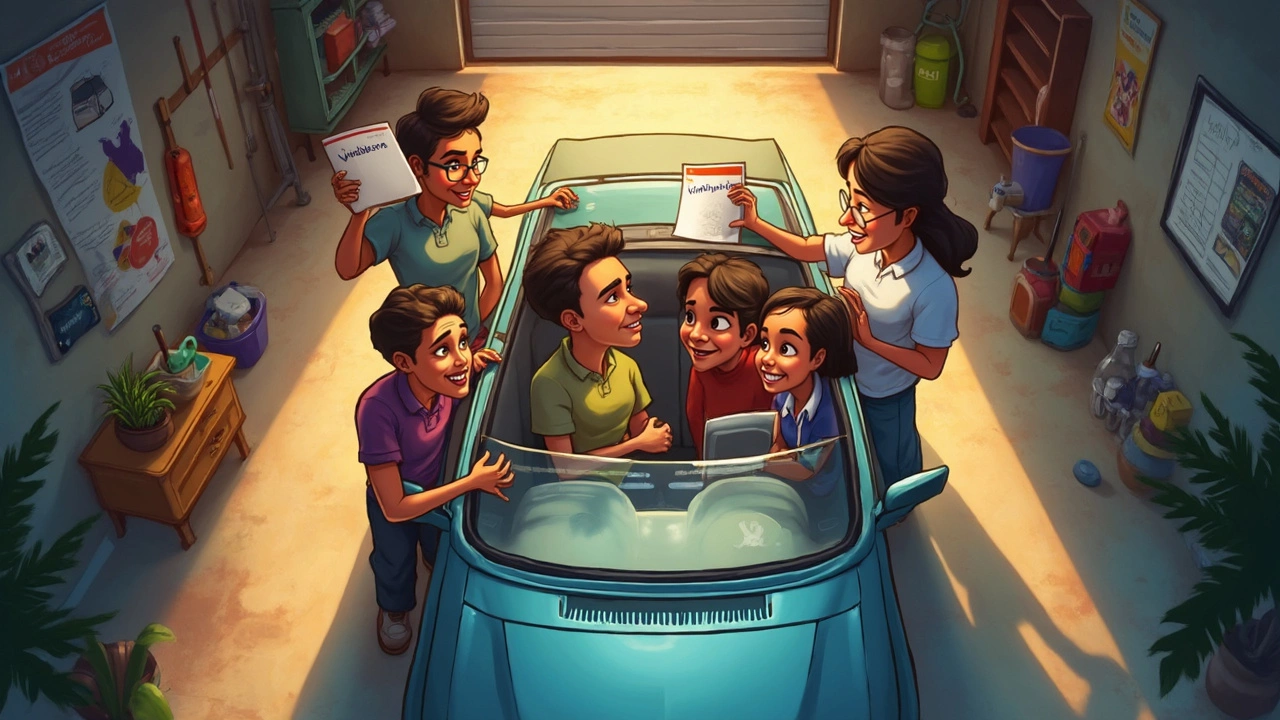
Fun Facts: Regional Car Lingo in the US
The US is loaded with quirky, region-specific slang for car parts, and some of these terms leave newcomers scratching their heads. It’s not just about windshield versus windscreen—Americans take car talk to another level, depending on where you live.
Ever heard someone in Minnesota call a car’s turn signal a “blinker”? That’s totally normal in the upper Midwest and parts of New England, but head down to the South, and you might hear “blinker” and “turn signal” both used, sometimes in the same conversation. In New England, the word “rotary” is used for what most people call a roundabout. In Texas, you’ll almost never hear “parking garage”—folks down there just say “parking deck.”
Here’s a quick look at some regional favorites you might run into:
- Blinker (Turn signal): Midwest, New England
- Parking deck (Parking garage): Southeast, especially Georgia and the Carolinas
- Rotary (Roundabout): Mainly Massachusetts and parts of New England
- Fender (as opposed to “wing” in the UK): Nationwide, but still funny to Brits
- Front quarter panel: Western US, folks on the East Coast might just say "side panel"
Americans also like to shorten things. Take "AC" instead of "air conditioning," or "tranny" for transmission (though that one’s fading out for obvious reasons).
Check out this table for where you might hear each term most:
| Term | What It Means | Where You’ll Hear It |
|---|---|---|
| Blinker | Turn signal indicator | Midwest, New England |
| Parking deck | Parking garage | Southeast, Texas |
| Rotary | Roundabout | Massachusetts, New England |
| Fender | Front side panel | Everywhere in the US |
| Bumper | Front/rear crash protection | Everywhere in the US |
Knowing these terms might save you some awkward moments, especially if you’re traveling or dealing with car parts in another part of the country. It’s always smart to double-check which phrase to use—otherwise, you could end up asking a puzzled mechanic for a “rotary” in California and getting a blank stare.
What About the Wipers?
If you’re driving in the rain or just dealing with spring pollen, you’ll want your windshield wipers in top shape. In the US, just like with the glass itself, people never call them “windscreen wipers”—it’s always windshield wipers. You’ll see this on every package, car manual, and online parts store.
Let’s clear up any confusion if you’re shopping or asking for help. In America, you ask for a windshield wiper, wiper blade, or sometimes just “wipers.” At parts stores, if you mention “windscreen wipers,” they might correct you or look confused. Here’s how American drivers refer to common related parts:
- Windshield wiper blades – The rubber part that directly touches and wipes the glass
- Windshield wiper arms – The metal parts attached to your car, holding the blades
- Wiper motor – The mechanism that makes the wipers move back and forth
How often should you replace your wipers? According to the Car Care Council, most drivers need new blades every 6-12 months. Survey data shows about 60% of American drivers stretch it longer, only swapping them when streaking gets bad. Brand matters too—big names like Rain-X and Bosch are popular for reliability and performance.
| Brand | Average Price (USD) | Average Lifespan |
|---|---|---|
| Rain-X | $15 | 6-12 months |
| Bosch | $18 | 6-12 months |
| Anco | $10 | 6-9 months |
Quick tip—when buying replacements, always match your car's year, make, and model. Wiper blade sizes can even be different for the driver and passenger sides. And don’t forget the rear wiper on SUVs or hatchbacks—lots of people miss that one. A clean, streak-free windshield keeps your drive safe, so keeping up with your wipers isn’t just about comfort, it’s smart.
Tips for Talking Car Parts Across the Pond
If you’re chatting with car enthusiasts from the UK or Australia online, or maybe trying to order a part from an overseas website, you’ll quickly see car language isn’t always universal. Getting tripped up can lead to the wrong purchases, wasted time, and a fair amount of head-scratching.
The biggest and most confusing example is windshield versus windscreen. If you’re in America, 'windshield' will get you what you want. But search the same word on a UK website and 'windscreen' is the key term. This also means if you’re asking for windscreen wipers from a US supplier, it might be clearer to say 'windshield wipers' to avoid confusion.
- Always use the local term when searching for or ordering car parts. Americans say 'windshield' and 'windshield wipers.' Brits go for 'windscreen' and 'windscreen wipers.'
- When reading repair guides or forums, pay close attention to the origin of the writer. If it’s a UK or Australian site, expect their words—not the American ones.
- Lots of other car parts have different names, too—bonnet vs. hood, boot vs. trunk, indicators vs. turn signals. Make a quick mental note when moving between sites from different countries.
- If you’re buying online from international sellers (especially on eBay), double-check photos and part numbers. Don’t rely solely on the part’s name—you really don’t want to end up with a rear-view mirror instead of a wiper blade.
- When in doubt, include both terms in your search. For example, search 'windshield (windscreen) wipers' if you want results from all English-speaking regions.
Learning these simple swaps saves headaches and wallets. Plus, it helps you sound like you know what you’re talking about, no matter which side of the pond (or screen) you’re on.
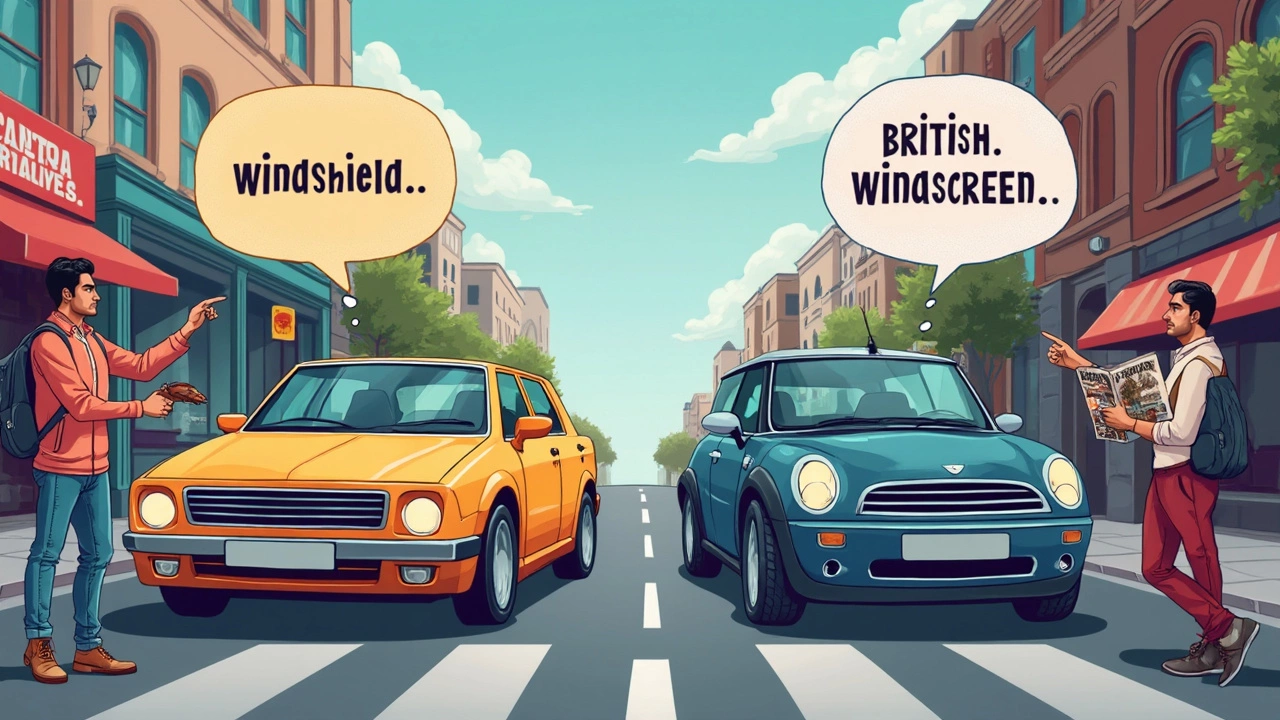
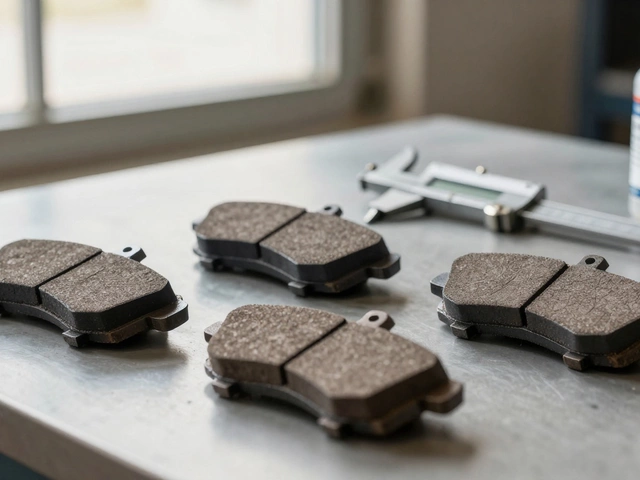




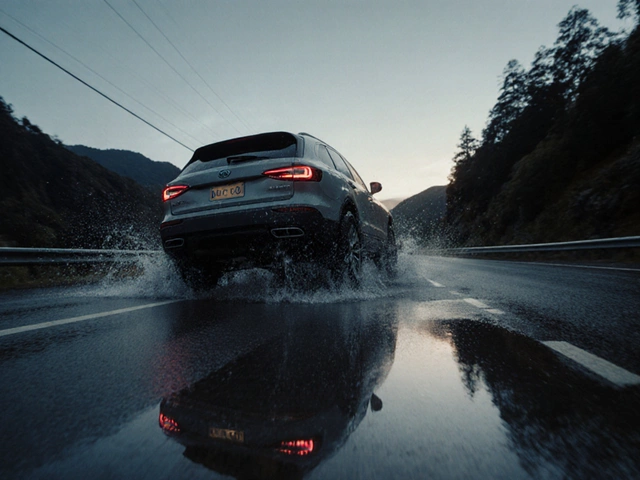
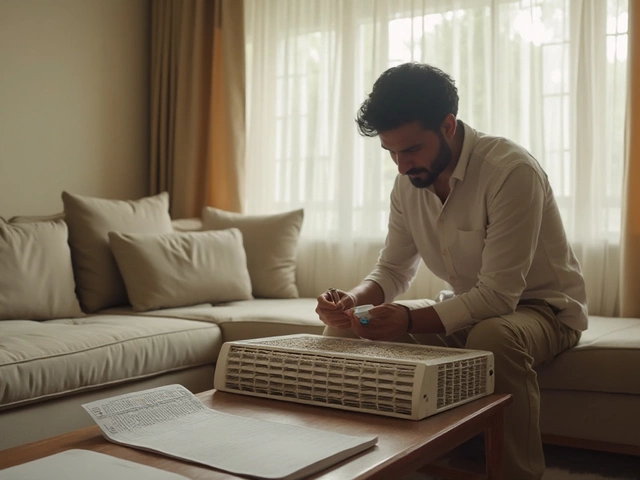


Write a comment